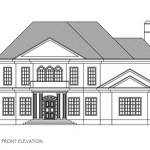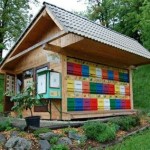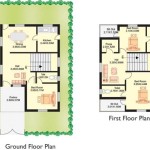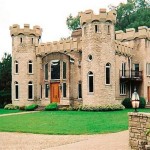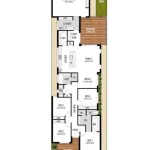Essential Monolithic Dome House Floor Plan Considerations
Monolithic dome houses offer unique architectural advantages, making them popular for eco-friendly and disaster-resistant homes. Understanding the essential aspects of their floor plans is crucial for creating efficient and functional living spaces.
1. Shape and Geometry
Monolithic domes are characterized by their spherical or elliptical shape. This shape provides structural stability and efficient use of space. Floor plans should consider the interior volume and how it can be divided into functional areas while maintaining structural integrity.
2. Zoning and Circulation
Zoning refers to the division of the floor plan into distinct areas such as living, sleeping, and kitchen. Circulation determines the flow of traffic and connections between the different zones. Monolithic dome houses often use open floor plans with minimal interior walls to maximize space and enhance airflow.
3. Light and Ventilation
Proper natural lighting is essential for any home. Monolithic domes can incorporate skylights, clerestory windows, and large windows to allow ample sunlight and ventilation. They can also feature passive ventilation systems to promote cross-breezes and reduce the need for artificial lighting or air conditioning.
4. Space Utilization
Effective space utilization is crucial in monolithic dome floor plans. The curved walls and high ceilings can create unusual or difficult-to-furnish areas. Architects should carefully consider furniture placement, built-in storage, and mezzanine levels to optimize space and create a comfortable and functional living environment.
5. Access and Entry Points
Monolithic dome houses typically have multiple access points. Entryways should be accessible and provide a smooth transition from the exterior to the interior. Doors can be placed in the dome's base or at higher elevations, depending on the desired level of accessibility and the site's topography.
6. Plumbing and Electrical Considerations
Plumbing and electrical systems must be carefully planned in monolithic dome houses. Piping and conduits can be concealed within the insulated concrete shell, allowing for efficient heating, cooling, and drainage. However, it's important to consider access points for maintenance and repairs.
7. Aesthetic Considerations
While monolithic domes have a distinctive aesthetic, floor plans should also allow for personal preferences and customization. Interior finishes can range from natural stone to plaster or even wood paneling. Architectural features such as arches, niches, and seating areas can be incorporated to create a visually appealing and unique living space.
By incorporating these essential aspects into their floor plans, architects can design monolithic dome houses that are functional, comfortable, and visually stunning. Their structural integrity, energy efficiency, and unique architectural possibilities make them a compelling choice for eco-conscious and disaster-resilient homes.

Monolithic Dome Home Floor Plans Institute

Monolithic Dome Home Floor Plans Institute

Floor Plans Multi Level Dome Home Designs Monolithic Institute House

Monolithic Dome Home Floor Plans Institute

Dome Home Floor Plans For Your Next Dream Brooks Construction

Round House Plans Dome Home Monolithic Homes

Residential Plan And Design Monolithic Org

Monolithic Dome Homes Org

Monolithic Dome Home Floor Plans Institute

Floor Plans 1 Bedroom Cottage Round House


